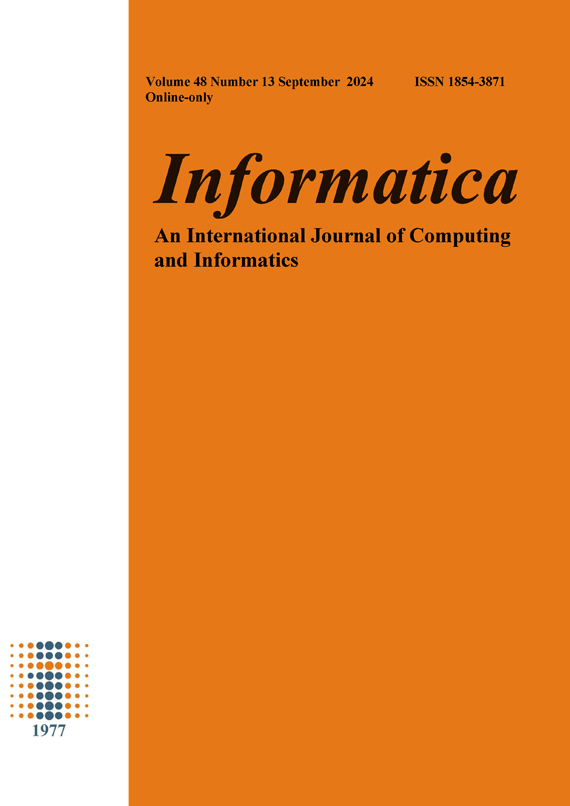Construction of Sustainable Building Performance Optimization Design Model Based on Sensitive Multi-Objective Decision Making
DOI:
https://doi.org/10.31449/inf.v48i13.6013Abstract
In view of the frequent changes in the building performance scheme and the many factors affecting the indicators, it is difficult to achieve better application accuracy and optimization effect only based on the experience of architects. Moreover, due to the limitation of professional ability, it is difficult to analyze the architectural design process directly with the help of intelligent algorithms, and the interactivity is poor. Based on this, the study proposes an optimization design scheme based on sensitivity multi-objective decision-making, which takes the sensitivity factor into consideration, optimizes the design scheme based on the relationship between architectural variables, and achieves the calculation of the fitness function of the multi-objective problem with the help of intelligent optimization algorithms. The results indicated that the improved algorithm has better convergence and effectiveness when carrying out the selection of program indicators, and it can obtain the average number of performance-attained design solutions is 5.58. After the improvement of the building program, it was found that the influence weight of the glass heat transfer coefficient accounted for a larger proportion, and the error value of the indicator results was smaller, which effectively improved the optimization efficiency of the building. And in the optimized design of the scheme, the number of modifications were less than 12 times, which was much smaller than the number before optimization. The proposed method can effectively provide reference value for architects to carry out program optimization.Downloads
Published
Issue
Section
License
I assign to Informatica, An International Journal of Computing and Informatics ("Journal") the copyright in the manuscript identified above and any additional material (figures, tables, illustrations, software or other information intended for publication) submitted as part of or as a supplement to the manuscript ("Paper") in all forms and media throughout the world, in all languages, for the full term of copyright, effective when and if the article is accepted for publication. This transfer includes the right to reproduce and/or to distribute the Paper to other journals or digital libraries in electronic and online forms and systems.
I understand that I retain the rights to use the pre-prints, off-prints, accepted manuscript and published journal Paper for personal use, scholarly purposes and internal institutional use.
In certain cases, I can ask for retaining the publishing rights of the Paper. The Journal can permit or deny the request for publishing rights, to which I fully agree.
I declare that the submitted Paper is original, has been written by the stated authors and has not been published elsewhere nor is currently being considered for publication by any other journal and will not be submitted for such review while under review by this Journal. The Paper contains no material that violates proprietary rights of any other person or entity. I have obtained written permission from copyright owners for any excerpts from copyrighted works that are included and have credited the sources in my article. I have informed the co-author(s) of the terms of this publishing agreement.
Copyright © Slovenian Society Informatika








